Opera and Oratorio
Lesson 1:
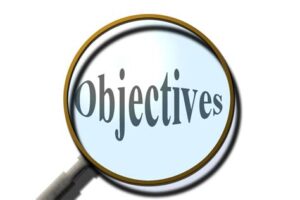 To learn about Classical Opera and the main features of it.
To learn about Classical Opera and the main features of it.
 1. Look at the following images from OPERAS, and discuss how this GENRE is different to the other ones we have been discussing.
1. Look at the following images from OPERAS, and discuss how this GENRE is different to the other ones we have been discussing.
2. HOW does this contribute to OPERA being so popular?
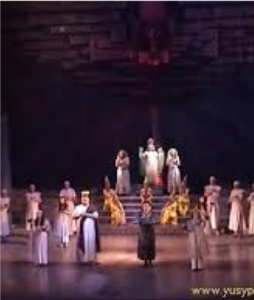
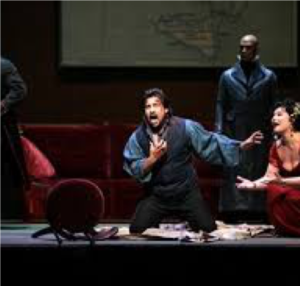
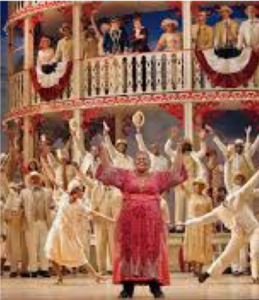
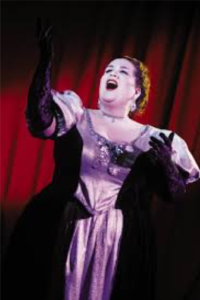
 WHAT IS OPERA?
WHAT IS OPERA?
DRAMATIC work in one or more ACTS – written for vocalists and instrumentalists
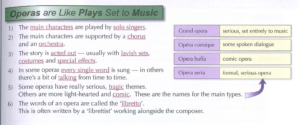
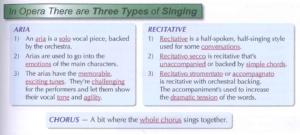
OPERA in the CLASSICAL ERA
A lot of VOCAL MUSIC was written for use in the church, BUT OPERA attracted the most interest.
MOST IMPORTANT COMPOSERS for OPERA in the Classical Era was MOZART and Christoph Williebald GLUCK (1714-1787)
OPERA in the CLASSICAL ERA
- Was enjoyed by ARISTOCRACY and MIDDLE CLASS
- TWO TYPES – OPERA SERIA (serious) and OPERA BUFFA (comedic)
- ARIAS (sung , always describes the emotion of the scene)
- RECITATIVE (spoken, tells the story)
- Mostly in ITALIAN, but Mozart wrote a few OPERAS in GERMAN
- Music was often composed to suit the SINGERS, but this started to change in the CLASSICAL ERA.
- Music was not more important than the story any longer
Christof Gluk (1714-1787)
ORPHEO ED EURIDICE
- Based on a Greek legend of Orpheus and Euridice
- Tragic LOVE STORY
- Orpheus and Eurydice are madly in love, she gets bitten by a snake and dies. Orpheus then goes to the UNDERWORLD to try and get her back. Unfortunately, everything does not go to plan and Orpheus ends up coming out of the underworld alone and dies of grief.
Task 1:
- Listen to Orphée et Eurydice – ‘J’ai perdu mon Eurydice'( What is life to me without thee?)
- What qualities are there in this aria (both melody and orchestral accompaniment), which identify the music as CLASSICAL?
-
MOZART – THE MAGIC FLUTE
- The Magic Flute – SINGSPIEL – a type of opera where singing is mixed with spoken dialogue
- Characters in Mozart’s operas are very lifelike and warm – based on human stories
- Arias help to carry the story forward
- The final scenes in his operas include the whole ENSEMBLE singing at once (but expressing their own opinions)- quite elaborate
Mariage of Figaro Synopsis:
Homework:
https://www.youtube.com/watch?v=cojYjrKeAU4
1. Find out about the story of Mozart’s DON GIOVANNI
- Then listen to Leporello’s “Catalogue” ARIA in which he gives an account of his master’s many previous loves
- A – Which type of voice sings this aria?
- B – How does MOZART bring a light-hearted, joking mood to this aria?
- Identify two features that are typical of much music from Classical period?
Lesson 2
 Learn about Romantic Opera and the main features of it.
Learn about Romantic Opera and the main features of it.
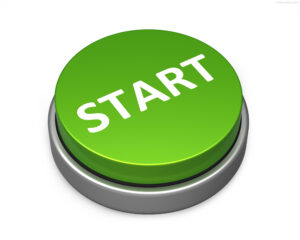 Discuss with your partner: What do you think are the main differences between Romantic and Classical operas ?
Discuss with your partner: What do you think are the main differences between Romantic and Classical operas ?
(Refer your answers to the main features of Romantic period)
